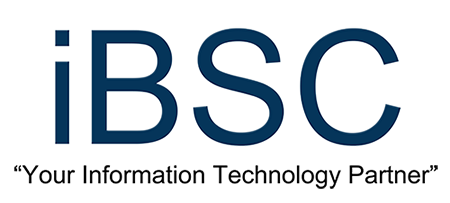The pandemic lockdowns, the emergence of the blockchain, the metaverse, and the unchecked power of Big Tech have many people thinking about what the web of the future will look like, and whether it can evolve away from the worst tendencies of today’s online world. And the term Web3 has come to represent one vision for what it could all look like.
When the World Wide Web first became a phenomenon in the 1990s, it was a pretty static medium, and many websites looked like little more than digital versions of print brochures. That began to change in a big way in the early 2000s. Web services such as Gmail were far more interactive and app-like than those that preceded them. The web also became more participatory, which led to an explosion of user-created content, first in user groups and blogs and later on social networks such as Friendster, MySpace, and Facebook (now Meta).
This new wave of richer experiences was known as Web 2.0 at the time, and over the past two decades it’s…
Read More…
Source : fastcompany.com
Source link




